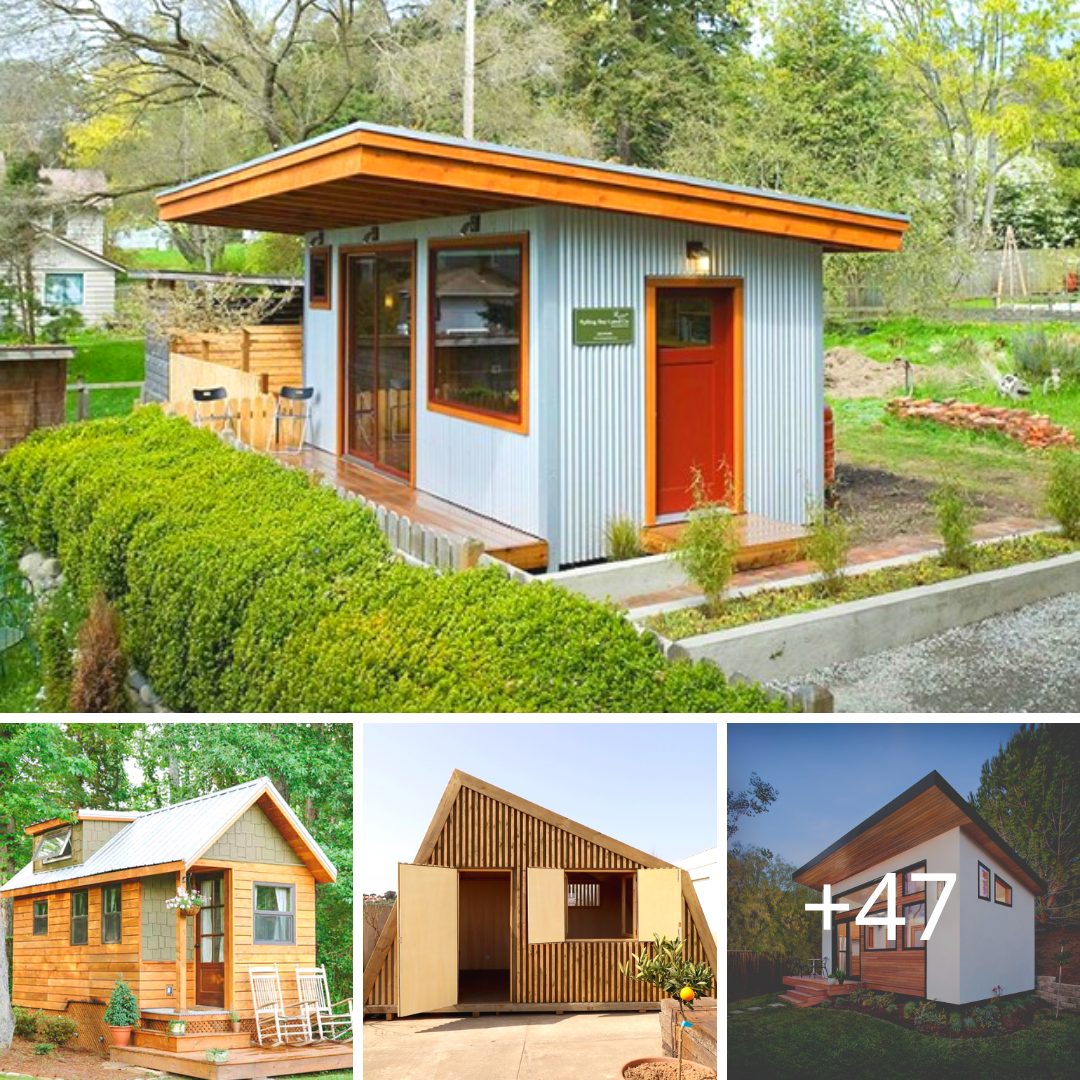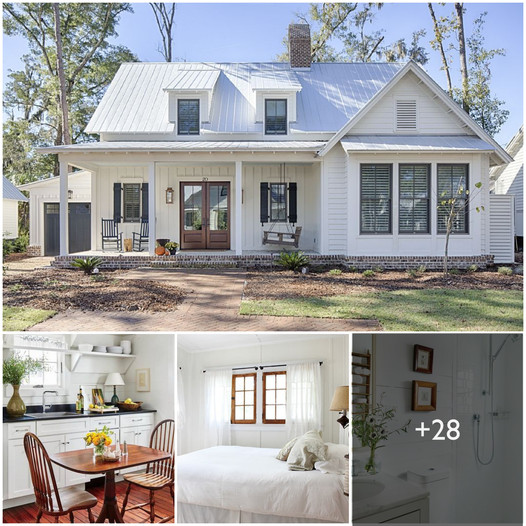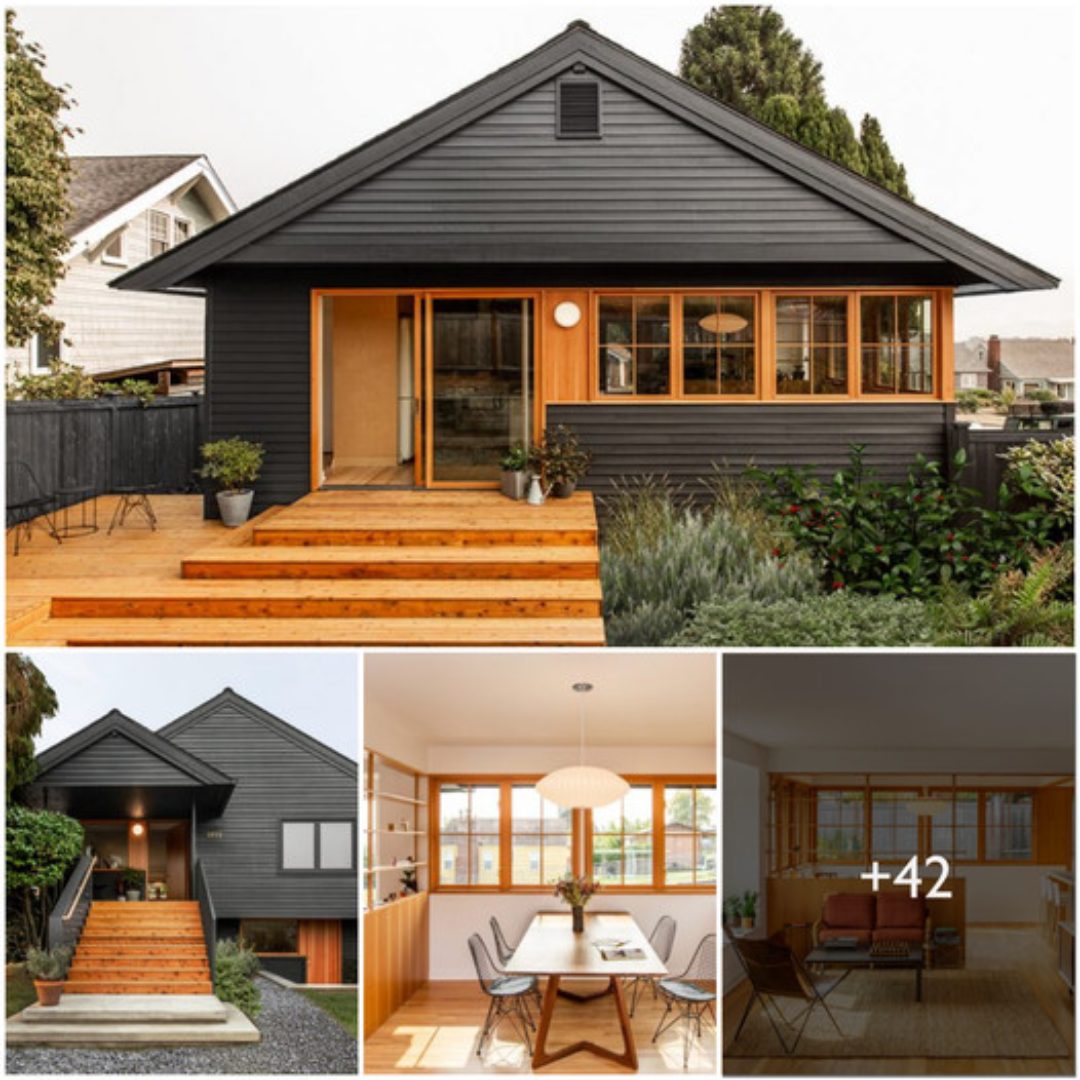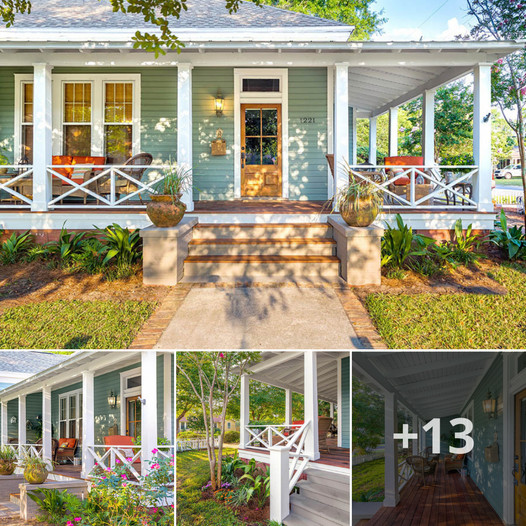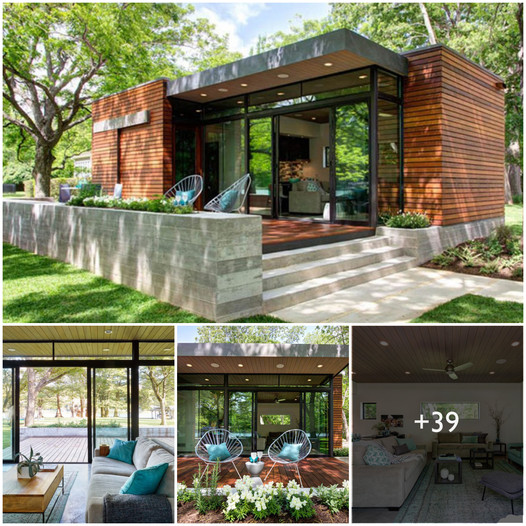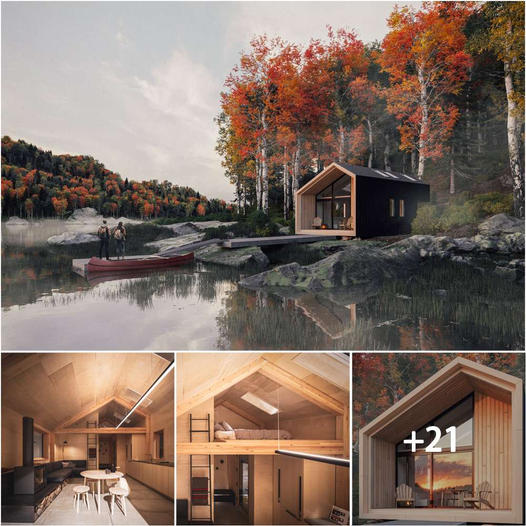Fabian Low grew up in an island off mainland Singapore. Today, he lives in a tiny house in the valleys of New Zealand.

Fabian Low is a Singapore-born New Zealander who owns a tiny house in Auckland. Living Big In A Tiny House
The 43-year-old mental health practitioner was born in Singapore and moved to New Zealand at 15 to attend boarding school. Since moving to New Zealand as a teenager, he’s called the island home.Before working in mental health, Low was an architect. He obtained a bachelor’s degree in landscape architecture from Lincoln University in 2004 and a master’s degree in urban design from the University of Auckland in 2010.
Low dreamed of designing a tiny house after watching several videos from the YouTube channel “Living Big In A Tiny House.” He began working on the house in July 2020.
“When I learned about container homes in school, I thought that it was a novel way to live,” he said, adding that “he’s not a fan of big spaces” and prefers to “live simply.”
Low lives in the valleys of Auckland, the largest city in New Zealand. Looks can be deceiving — while his house is surrounded by lush, natural landscapes, it’s just a 10-minute drive from the city.

The exterior of Fabian Low’s tiny house. Living Big In A Tiny House
The location makes it easy for Low to travel to the city, where he works as a narrative counselor.
Low said he spent around 222,000 New Zealand dollars, or $137,000, for the patio and shell of the house.

The patio being installed into the main shell of the house. Courtesy of Fabian Low
Low spent around NZ$190,000 on the shell, and around NZ$30,000 on the deck.
He hired Shaye Boddington, a New Zealand-based builder, to construct his house. It took just two months for the shell of the house to be complete.
“I asked if she could build a weather-proof shell, and then I did the rest,” Low said, adding that he designed the architecture and interiors of the house himself.
“I thought it was a good time to put my degree to use,” he continued, referring to his university education in architecture.
Procuring land for his house was one of the most difficult parts of the building process, Low said.

The land being prepared for the house. Courtesy of Fabian Low
He finally found some land — where he currently lives — to lease in January last year. While he owns the house, he has an informal rental agreement with the owner of the land.
“I didn’t have land, and I was pretty homeless. I lived with my sister,” Low said, adding it took two months before he eventually worked out an informal rental agreement with the land owner.
Just outside Low’s house is a farm and garden, where he — alongside his neighbors — tend to livestock, including chickens, alpacas, and goats.

An aerial view of Fabian Low’s tiny house. Living Big In A Tiny House
Before the house was constructed, there was nothing on the land but a chicken coop, Low said. In addition to landscaping the surroundings, Low also worked to fix up the house’s amenities.
“I had to think about how to get the electricity, water, sewage, and plumbing into the house,” Low said, adding that it took a lot of troubleshooting and help from his friends.
Low said that living in a tiny house for the first time was challenging, especially as he had to make the house functional, which took a lot of maintenance.

Fabian Low and his partner Stephanie. Living Big In A Tiny House
Low said it took around three months to get the amenities in his house “up to speed.”
“It was a lot of work. I felt very exhausted. I even thought,’Why am I doing this? This is madness,'” he said.
Low’s partner, Stephanie, who lives with him part-time, helps to take care of the garden and farmland. He added that taking care of the animals isn’t a one-man job.
“They seem so pleasant, but they’re quite a character. They like escaping the pen and eating everything,” Low said, adding that he feels that caring for the animals is a “stewardship” that’s “special.”
One of the most striking things about Low’s house is the spacious outdoor patio.

The patio and outdoor kitchen. Living Big In A Tiny House
Low wanted the design of his home to be as seamless with the environment as possible. The outdoor patio has a view of the vast grasslands, which makes Low feel like the space is his “own personal park.”
“I enjoy the accessibility that I have to the environment,” Low said, adding that he enjoys camping and being outdoors.
Parts of the house are fitted with floor-to-ceiling windows, which allow a near-panoramic view of the natural landscape. Additionally, the patio is fitted with an outdoor kitchen, where Low cooks aromatic Asian food.
Low believes in integrating nature inside the house — dozens of plants decorate the walls.

Fabian Low gardening inside his house. Living Big In A Tiny House
Low designed a loft above the kitchen space, where he can garden indoors. The loft functions as a lounge too, where he reads and meditates.
Apart from gardening and meditation, Low is an avid musician. He keeps many of his instruments in the living space, which includes four guitars and a drum kit. Low has been playing the guitar for over 20 years and jams on his instruments to relieve stress.
The loft’s windows open up to create a makeshift balcony with a view of the trees.

Fabian Low in his tiny house in Auckland, New Zealand. Living Big In A Tiny House
Low wanted to create a house that blended right into the environment. The house, made out of shipping containers, has an iron exterior and wooden accents.
The land where his house is located is just a stone’s throw away from dense housing complexes.
“If I go down the hill, it looks completely urban,” Low said, adding that the landscape in Auckland is diverse and that locations can look rural while still in the city.
“I’ve hit the jackpot with the location,” he continued.
Low’s house is tiny — it measures just 330 square feet. But the interior is open concept, which makes the space feel much larger than it actually is.

The layout inside Fabian Low’s tiny house. Living Big In A Tiny House
Low said he wanted the house to be designed with high ceilings so the space wouldn’t be cramped. Despite the small amount of room, maintaining it isn’t as cheap as some might think.
Unlike the average tiny house, Low’s home has modern amenities. For example, the lounge area is also equipped with a modern fireplace, where the fire is encased and can be powered by a button. Additionally, it’s also designed with a Bosca wood burner, which Low said is versatile and can be used for different things, including cooking.
“There’s a lot of hidden costs here and there. I didn’t tally up the final price,” Low said.
Low is an avid cook, so he invested a lot of thought designing his dream kitchen.

The kitchen, which is fully furnished. Living Big In A Tiny House.
While it’s unusual for tiny houses to have spacious kitchens, cooking is one of Low’s biggest passions. He designed a spacious kitchen, that’s equipped with prep stations, a four-top gas burner, an oven, and several sets of cooking tools.
Low said that he’s not minimal when it comes to his kitchen, unlike the other parts of the house.
“I just spend a lot of time cooking and I enjoy it. I just enjoy the process. I enjoy the space it creates for me,” Low said, adding that he enjoys making food that’s “art that I can eat.”
Loh also designed two storage spaces that flank the sides of the refrigerator, where he keeps a well-stocked pantry of vegetables and dozens of condiments and sauces.
Low’s living area is cozy. It’s designed with a convertible futon and personalized decor that he’s collected over the years.
The lounge area inside, complete with a convertible bed-futon. Living Big In A Tiny House
Low decorates the space with dozens of personal items like Tai Chi figurines and framed miniature Chinese instruments. Low said he’s had some of these things since childhood.
“Everything in this house has a story, everything has history,” Low said, adding that some of the items are from his family.
The living area is designed with a futon that can be converted into a bed, sofa, and two lounge chairs. He fitted a projector screen across the wall, where he can screen movies for a relaxed night in.
The bathroom is minimalist but functional, and is designed with a walk-in wardrobe.

The concealed bathroom in Fabian Low’s house. Living Big In A Tiny House
The bathroom is tucked away at the end of the house. The vanity, toilet, and shower are designed separately from each other. The toilet is equipped with a bidet.
Building this part of the house was far from easy, Low said.
Low had to install a septic tank — a container that helps treat wastewater — to make sure the house’s toilet works.

A few of Fabian’s friends helping to install the septic tank. Courtesy of Fabian Low
Low opted for a macerating toilet, which works best in places where the plumbing system is difficult to maintain.
“Learning how to do plumbing was overwhelming,” Low said.
“I found an appreciation for the things I took for granted,” he continued, noting that maintaining piped water, plumbing, and electricity in tiny houses is much more laborious.
The bedroom can be found in a loft that’s fitted with a queen-sized bed.

The bedroom, which comes with a projector for films. Living Big In A Tiny House
Low designed part of the loft’s walls to be covered in fur, which he said is part of his idea to design a “bear den.” He said it gives a cozy effect to the space, especially with the low ceiling.
The space is equipped with a heat pump and an air-conditioning unit. It also has another projector screen where Low watches films from the comfort of his bed.
Low said that living in a tiny house might not be realistic for everyone. But he believes in transforming the spaces with live in —no matter how big or small — by personalizing it.
Fabian Low plays the guitar inside his home. Living Big In A Tiny House
While Low initially found it challenging to live in a tiny house, he’s now grown fond of it.
He acknowledges that living in shipping container homes just isn’t an option for many people, especially for those living in high-rise apartments in his birthplace, Singapore. But he believes it shouldn’t stop them from making these spaces their own.
Low added that personalizing one’s house and making it multi-functional requires just a bit of creativity.
“Let your space express your story. It’s not about the size, it’s about how you’re using the space,” Low said.
